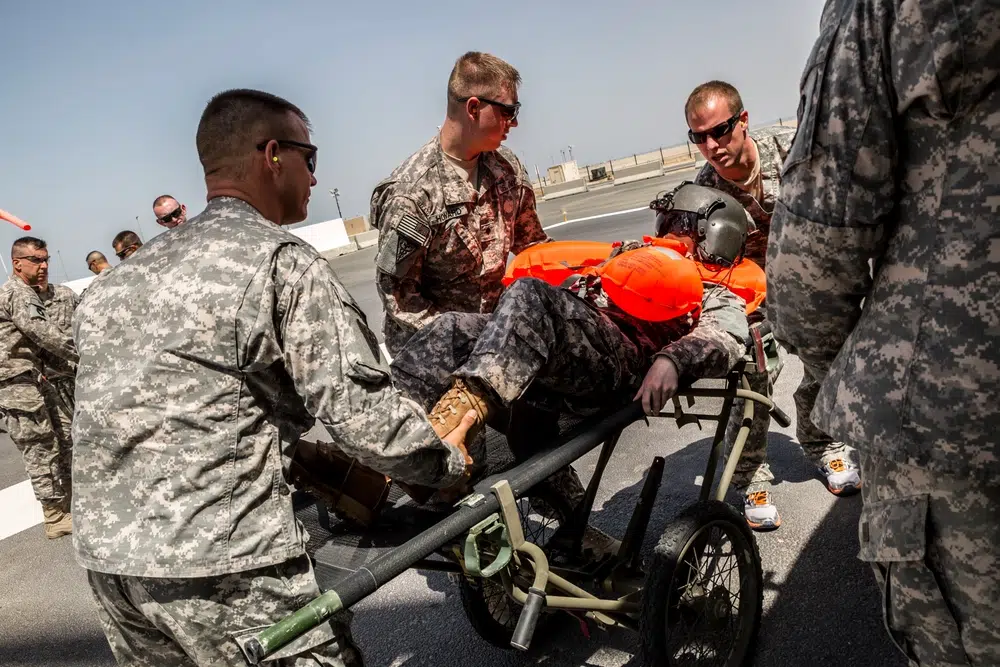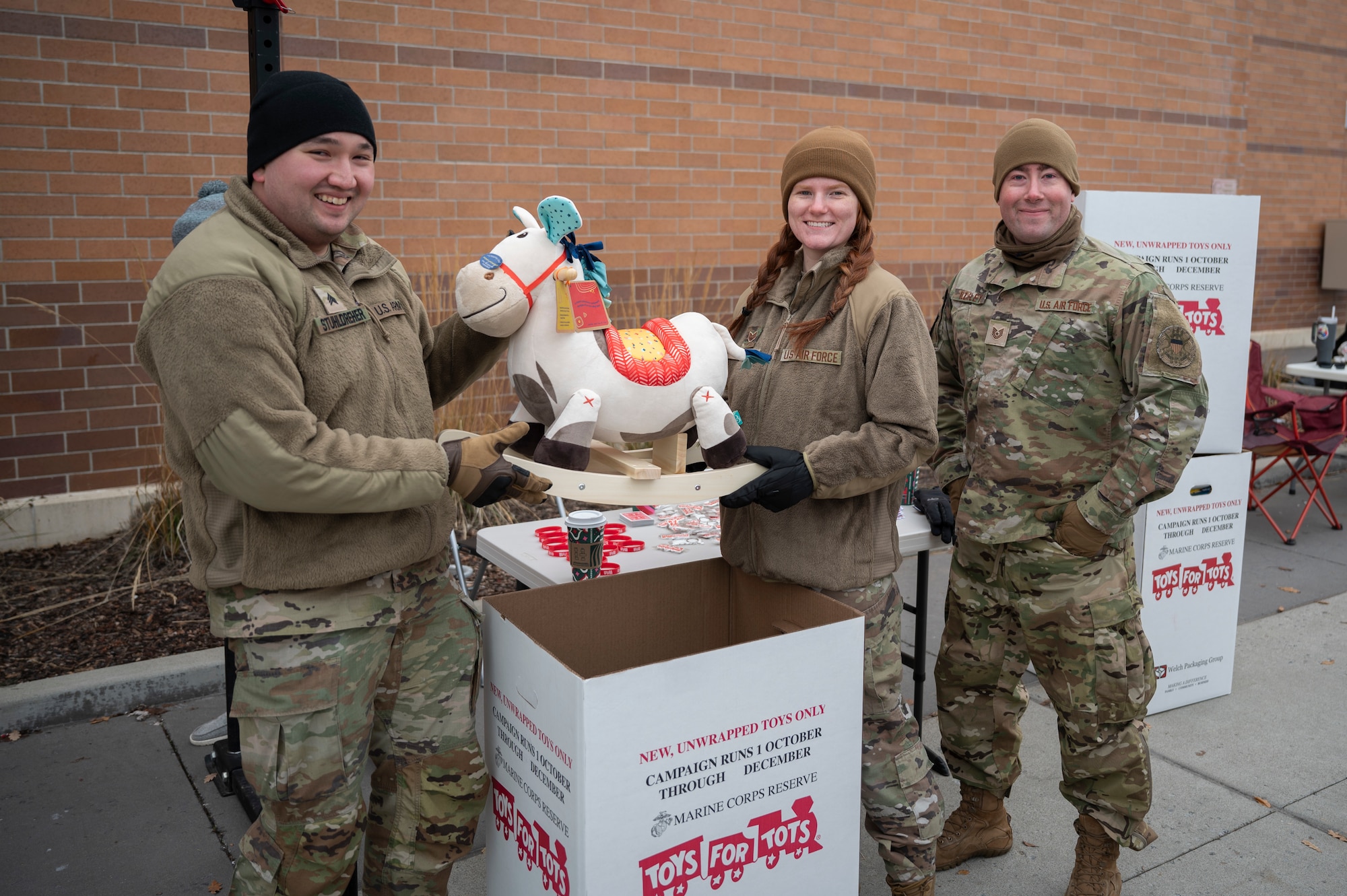Personnel Recovery Is The Sum Of
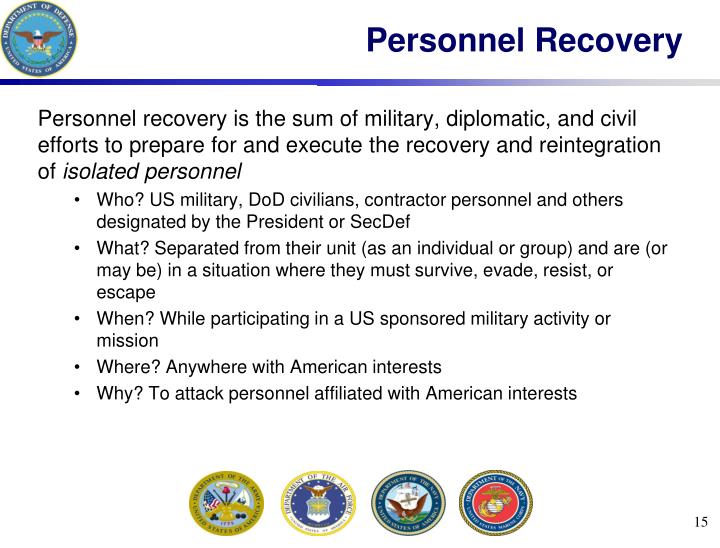
U.S. military forces, alongside international partners, completed a complex personnel recovery operation earlier today, successfully extracting a downed airman from hostile territory. The mission underscores the critical importance of integrated training and seamless coordination in high-stakes scenarios.
This operation, dubbed "Swift Retrieval," highlights the multifaceted nature of Personnel Recovery (PR), emphasizing that it's not just about extraction, but a sum of intelligence gathering, pre-mission planning, rapid response, and comprehensive post-mission support.
Operation Swift Retrieval: Timeline and Key Events
The incident occurred at approximately 0300 hours GMT when an F-16 pilot, assigned to the 31st Fighter Wing, ejected from his aircraft after experiencing a mechanical failure. The location was identified as a contested area roughly 75 kilometers inside a region known for insurgent activity.
Almost immediately after notification, the Joint Personnel Recovery Center (JPRC) initiated its established protocols, activating a Quick Reaction Force (QRF) composed of special operations personnel and combat search and rescue (CSAR) assets.
Air support, including A-10 Warthogs and AH-64 Apache helicopters, provided crucial suppressive fire and air cover. Simultaneously, intelligence assets worked to pinpoint the pilot's exact location and identify potential threats.
The QRF reached the downed airman at 0615 hours GMT. He was found to have sustained minor injuries during the ejection and was immediately stabilized by the embedded pararescue jumpers (PJs).
After a brief period of on-site medical assessment and security establishment, the airman was transported via a HH-60 Pave Hawk helicopter to a nearby forward operating base for further medical evaluation.
He is currently reported to be in stable condition. The entire operation, from notification to recovery, lasted just over three hours.
The Integrated Approach: Why It Worked
"Swift Retrieval" exemplifies the principle that personnel recovery is the culmination of many different elements. It demands precise intelligence, rapid decision-making, and unwavering execution.
Pre-mission training exercises, conducted regularly with partner nations, played a crucial role in the mission's success. These exercises focus on interoperability, communication protocols, and standardized procedures.
Real-time intelligence, gathered from various sources including satellite imagery and human intelligence, provided a constantly updated picture of the operational environment, allowing commanders to make informed decisions.
The seamless integration of air and ground assets was critical. The close air support provided by the A-10s and Apaches effectively neutralized enemy threats, allowing the QRF to reach the downed airman safely.
Key Personnel and Units Involved
The operation involved personnel from various units, including the 31st Fighter Wing, the U.S. Air Force Special Operations Command (AFSOC), and elements of the U.S. Army's special forces.
Specific names of individuals involved are being withheld for security reasons. However, it's known that the mission was overseen by the JPRC, a joint command responsible for coordinating all personnel recovery efforts in the region.
The 101st Rescue Squadron (RQS), known for its expertise in combat search and rescue, played a pivotal role in the extraction.
Lessons Learned and Future Implications
A thorough after-action review (AAR) is currently underway to identify areas for improvement. This AAR will examine every aspect of the operation, from initial notification to post-mission support.
One area of focus is the ongoing effort to enhance communication interoperability between different units and partner nations. This includes developing standardized communication protocols and investing in secure communication technologies.
"The success of Swift Retrieval underscores the importance of continued investment in personnel recovery capabilities," stated a senior defense official. "We must ensure that our forces are fully prepared to respond to any eventuality."
The rescued airman is currently undergoing medical evaluation and debriefing. Further details will be released as they become available, pending security considerations.
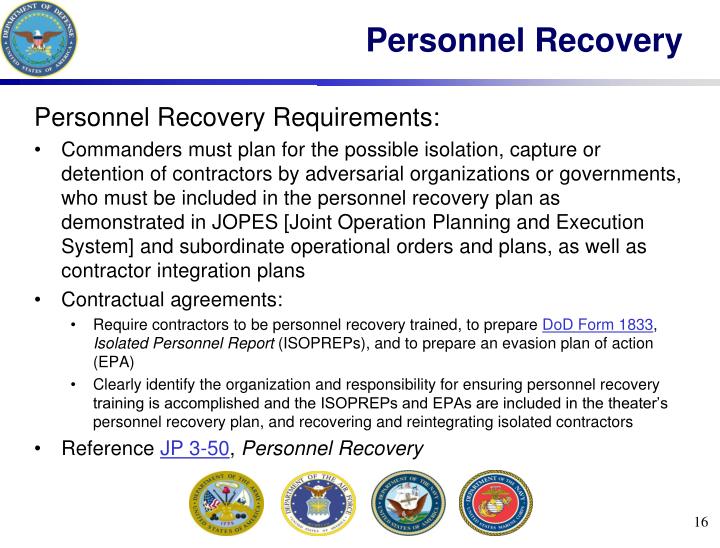
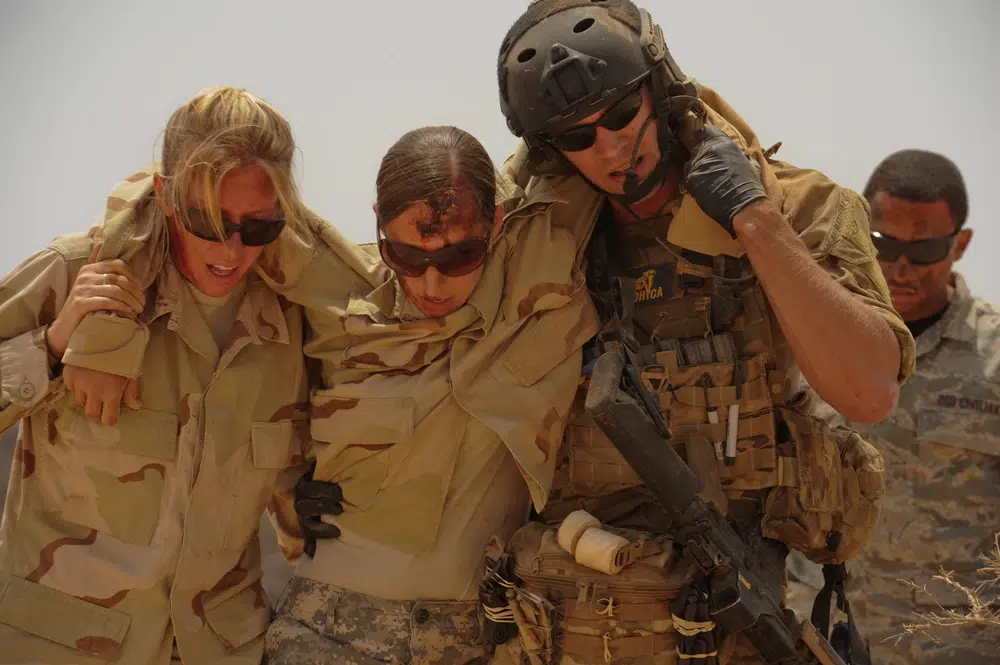
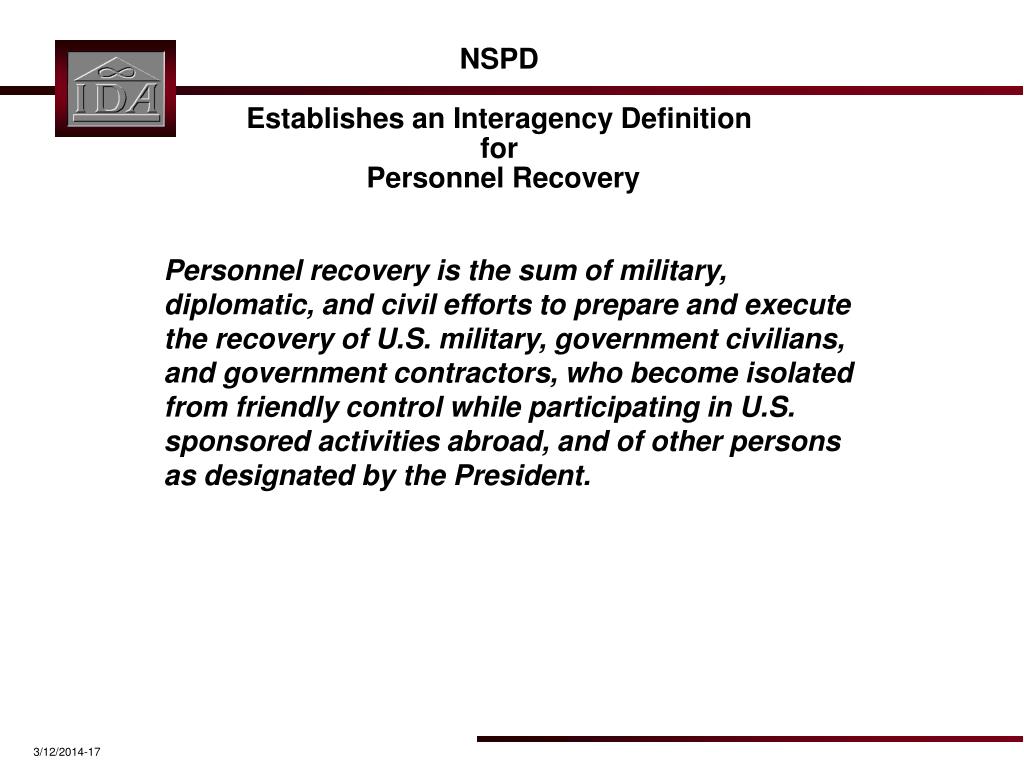
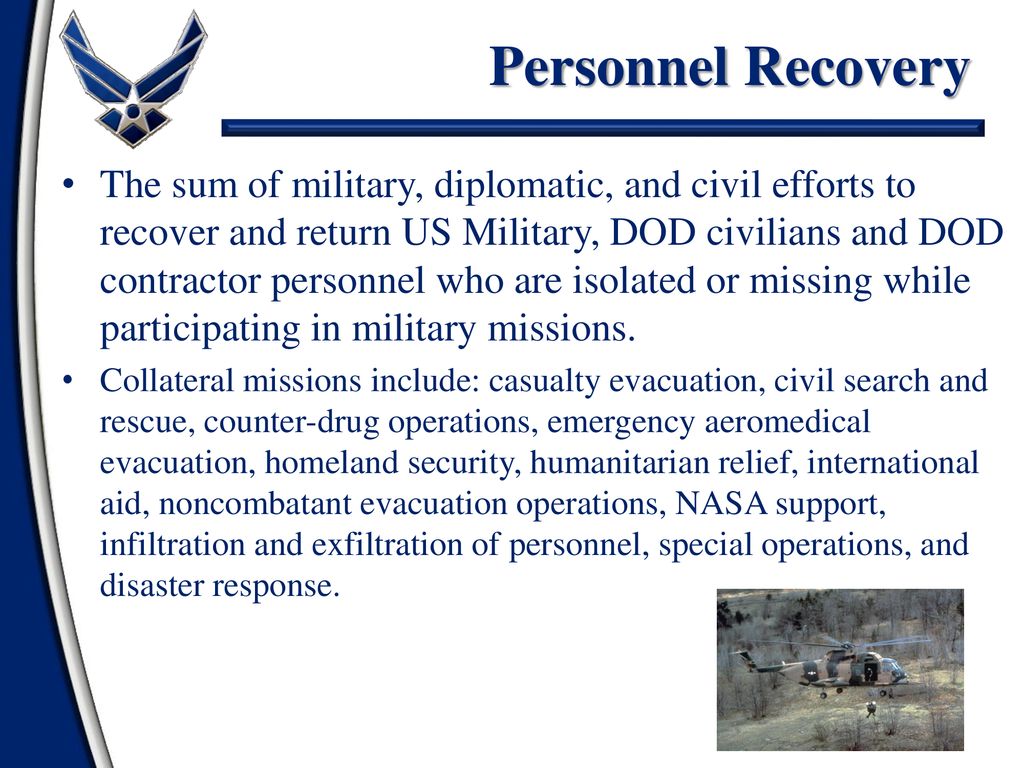
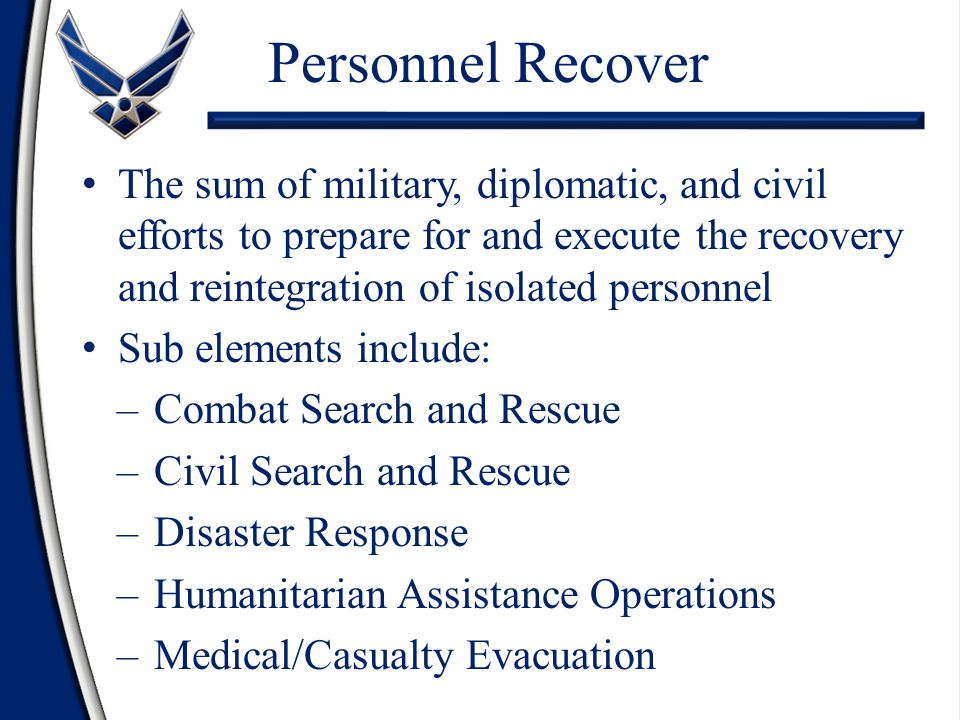
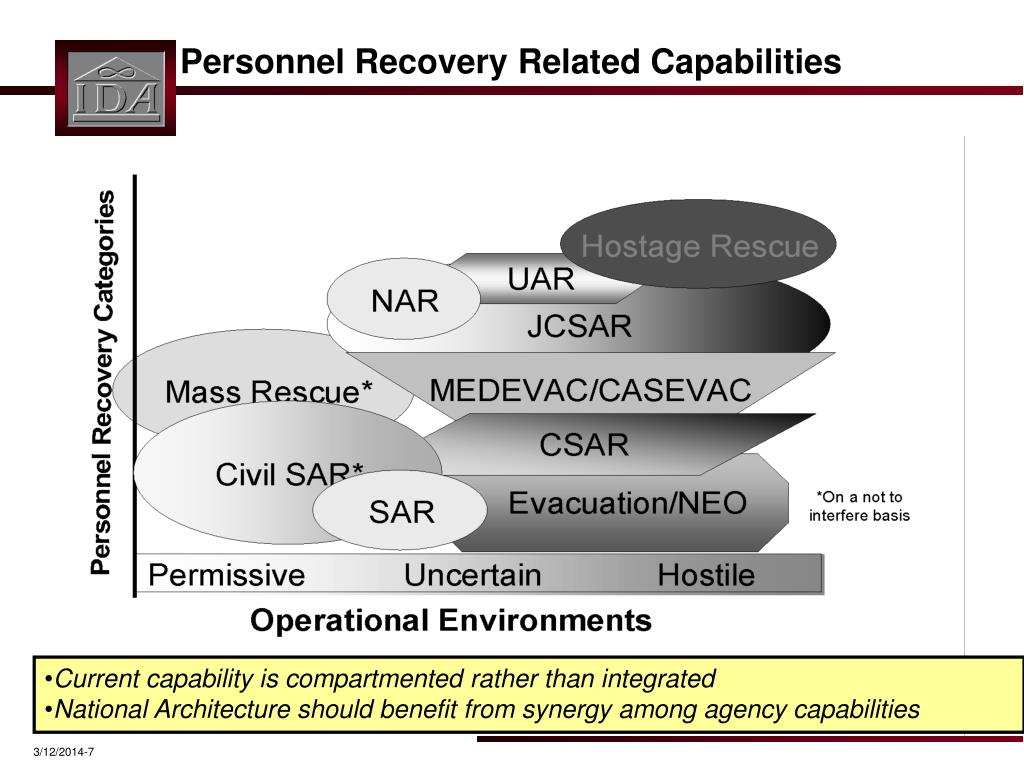
A+sum+is+recoverable+under+this+section—.jpg)



